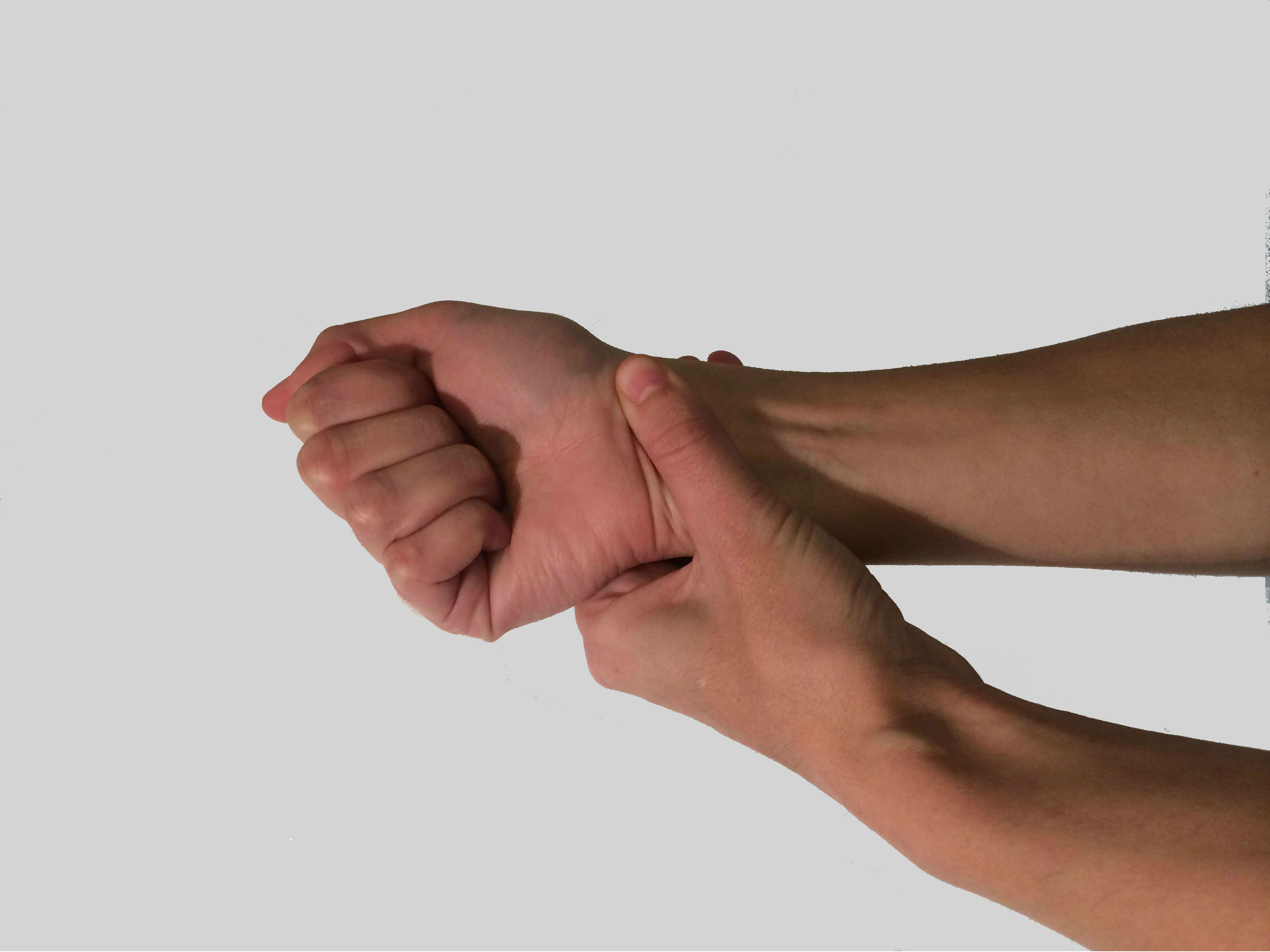
Most people assume that wrist pain is more problematic in age or due to an acute sports injury. Yet, it’s becoming increasingly common in younger people because of smartphone usage and computers.
What is the one thing that you spend most of your time doing that requires a lot of usage from your wrist and fingers? If you just take a look around you at work or while standing in line at the coffee shop, you’ll probably see the answer – phone usage. This is particularly true among workers who have desk jobs.
According to the Bureau of Labor Statistics, the leading occupational injury was due to sprains, strains, and tears, accounting for 37% of all injury cases. Injury to the wrist, or pain in the wrist, was one of the leading causes of repetitive strain injury caused by computers and phone usage. Ergonomics is one of the best ways to lower pain caused by strains and reduce the risk of strains and sprains. However, physical therapy can also help in training you how to hold your wrist correctly so as to limit pain and risk.
Causes Of Wrist Pain
Wrist pain is often attributed to sprains, strains, and carpal tunnel syndrome. Yet, it’s often hard to diagnose if it’s a repetitive stress injury (RSI). If you work long hours typing away on a keyboard or spend a lot of time on your phone, you could be at a higher risk. The biggest culprit of pain to the wrist is usual repetition and unnatural or improper movements.
- When you’re constantly typing away at a keyboard or using a mouse or phone without adequate breaks, then repetition is probably the biggest cause of your pain.
- Unnatural posture. Most of the time, pain in the wrist from computers is from improper posture. Holding your wrists at an unnatural angle while you type causes a lot of stress on your joints.
- Localized pressure. If you wrest your wrist on the keyboard while you type, you’re putting pressure on your wrist that could be causing damage to nerves.
Mobility & Physical Therapy
Mobility and range of motion aren’t just for athletic performance. Mobility is all about how your body moves and functions during movement. There is an optimal position and posture for any movement, and any deviation could cause pain.
Much of the pain people feel in their everyday lives is due to lack of mobility and proper range of motion. This is especially true in the joints such as the wrist. When you’re wrist, elbow, and shoulder cannot properly move or fully move, it causes more pressure and stress on the joint. This in turn causes pain and injury. A physical therapist will be able to tell if you have a mobility or range of motion problem by examining how your wrist moves during the movements that cause you the most pain.
Handpicked Content: What Is Mobility? What Is Functional Strength Training? Joint Stability vs Joint Mobility
How Physical Therapy Can Help
Whether the cause of your wrist pain is from an acute injury or an RSI, physical therapy has been proven to be an effective treatment. Usually, when the RSI is caused by improper alignment or posture, a physical therapist can teach you how to hold your wrists to limit stress and pain. Furthermore, they can make recommendations on how to make typing more comfortable through an ergonomic specialist.
They can also take a look at your wrist strength an recommend exercises for improving strength and function. In order to recommend the best treatment program, a physical therapist will look for the source of the symptoms, whether it’s nerve pressure, trigger points, bad alignment, or weakness, range of motion or mobility problems. Based on the cause, they will give you exercises that will target the problem.
Exercises can help stretch the wrist and reduce stiffness which can help them move properly. Some exercises can also focus on function as well, teaching you how to correctly move according to your wrist mechanics during motion, whether it’s typing at a computer or using your phone.
Related Content:
The Difference Between Strains and Sprains
How Strengthening Exercises Prevent Injury
5 Ways Physical Therapy Treats Pain


